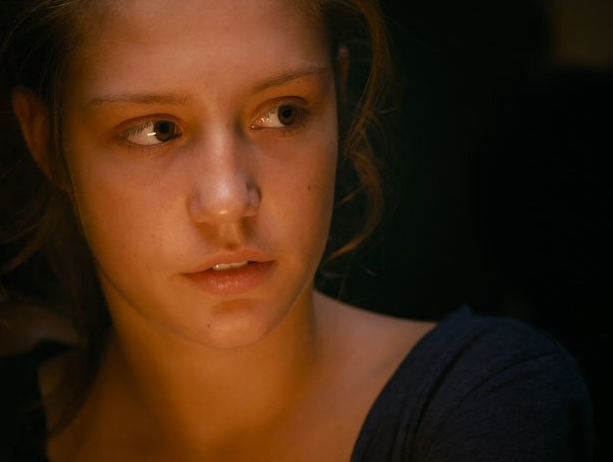Blue is the Warmest Color
PARIS – Abdellatif Kechiche’s new film is well-made, possibly deserving its Palme d’Or at the last Cannes Film Festival, but It. Is. Too. Long. The first hour is breathtaking in its precise description of Adèle (played by the remarkable Adèle Exarchopoulos–PROFILE), adrift in adolescent yearnings and not having found her foothold in the real world, who becomes conscious of her attraction to women especially after she exchanges glances with a blue-haired artist older than herself, Emma (Léa Seydoux). Then the film goes on and on … and on, through the expected meeting of the two, their meshing, then growing apart. Or Emma’s growing apart.
There’s not much to add to the disquisition of critics regarding the long, explicit sex scenes except that they’re probably too long and too explicit, with much tangling of naked bodies, grunting and moaning and exchange of bodily fluids. When tentative Kama Sutra-inspired clawing and slapping occurred, the audience in the Paris cinema sniggered, probably not the director’s intention.
This critic’s main beef is that, as said above, the film is too long. A full hour could have been taken out of the three hours “Blue” lasts. Serious editing could have taken out some of the endless discussions about art or philosophy, the purpose of which may have been to display the author’s culture or to show that if Adèle satisfies Emma physically, she isn’t sophisticated and cultured enough to do so intellectually.
Another problem is the messy physicality such as the constant slurping of tomato-laden pasta and other food in which the mastication process is shown in great detail as are tearful faces and running noses–particularly Adèle’s, scenes so frequent and lengthy you want to hand her a tissue rather than sympathize.
So what is good about “Blue”? The subtlety of sentiments and their evolution, the excellent acting, particularly on the part of Adèle (at Cannes, the top prize for best actress was split between the two.) The expression of the passing of time (several years separate the two women’s affair from their last awkward meeting), is given toward the end when the breakup is complete and Adèle lies down on a bench in a public park near a magnificent tree with a trunk as large as a sequoia’s. A gust of wind brings down twirling leaves that fall on her and settle on the ground. The lovely short sequence gives us a sense of Kechiche’s missed opportunity of focusing more on the poetic side of the couple rather than on snotty nostrils and other orifices.







